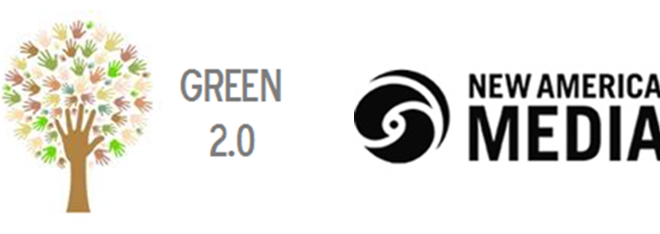The environmental movement has a diversity problem. Despite increasing racial diversity in the United States, the racial composition in environmental organizations and agencies has not broken the 12% to 16% “green ceiling” that has been in place for decades says a report titled “The State of Diversity in the Mainstream Environmental Sector,” by Dorceta E. Taylor, a professor at the University of Michigan’s School of Natural Resources and Environment. People of color support environmental protection at a higher rate than whites but they do not fill the decision making ranks of mainstream environmental organizations such as the Sierra Club, Food and Water Watch, and more. You and I know this: the public face of environmentalism has long been the crowd at Whole Foods – affluent enough to shop for kombucha and probiotics. But does the rest of America get a say when it comes environmental protection? Not if they don’t get a seat at the table.
The Taylor report is part of the new initiative called Green 2.0 which is a pro-bono project by the Raben Group, which is a consulting group for nonprofit, foundation, and government sectors. The Green 2.0 working group is looking at ways we can promote data transparency, accountability and increased resources to ensure that these mainstream organizations increase their diversity. The initiative was created in 2014.
“We measure what we value so let’s measure this. How are we going to get where we need to go,” said EPA administrator Gina McCarthy at press conference on December 9.
On December 9, Green 2.0 announced a partnership between Guidestar – a database for nonprofit and foundations, and the D5 coalition, which is a five-year coalition to advance philanthropy’s diversity, equity, and inclusion. to collect and make transparent diversity data from NGOs and foundations in a standardized way. Many environmental nonprofit and foundation leaders including the Kresge Foundation and the Rockefeller brothers have already voiced support this effort to help the sector to track whether progress is being made.
“A nonprofit sector that reflects the diversity of the human community it serves is far more likely to achieve its goals,” said Jacob Harold, President and CEO of GuideStar. “We are also pleased to partner with Green 2.0. The ‘green ceiling’ findings made clear that it is time for the environmental community to move beyond a fragmented set of diversity initiatives and embrace a comprehensive strategy. The data needed to do that is what we’re offering. And that’s good for all of us.”
At the press briefing, various leaders in the environmental community applauded the partnership, including Rhea Suh, the incoming president of NRDC and the first person of color to manage a mainstream environmental organization.
“I think of my kids when I say this is an ‘eat your vegetables’ moment,” said Mark Magana, President and founder of GreenLatinos, a national coalition of Latino environmental, natural resources and conservation leaders.

 Asian Fortune Your source for all things Asian American
Asian Fortune Your source for all things Asian American

